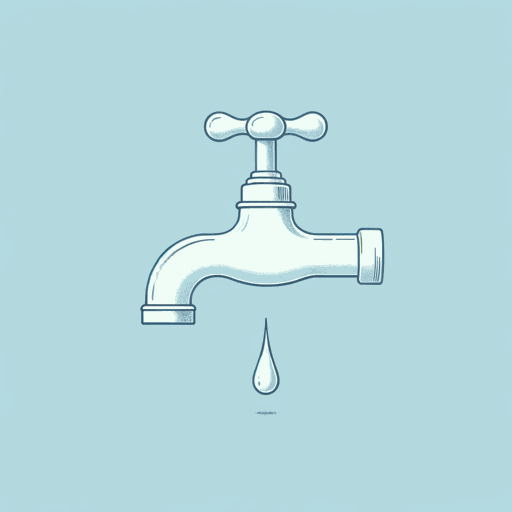52 pages • 1 hour read
Mona Hanna-AttishaWhat the Eyes Don’t See: A Story of Crisis, Resistance, and Hope in an American City
Nonfiction | Book | Adult | Published in 2018A modern alternative to SparkNotes and CliffsNotes, SuperSummary offers high-quality Study Guides with detailed chapter summaries and analysis of major themes, characters, and more.
Important Quotes
“There’s an expression I have always liked, a D.H. Lawrence distillation: The eyes don’t see what the mind doesn’t know.”
(Chapter 1, Page 2)
As the book’s title suggests, this expression is important to Dr. Mona’s arguments. It sums up the struggle that she and other past and present health experts have gone through to get their concerns taken seriously about the impacts “invisible” particles, such as lead in water, have on the human body. Most public health campaigns focused on reducing lead exposure in children from lead paint and lead in the environment. Few studies examined lead in water, partly because it truly was invisible to the naked eye. Dr. Mona and her team not only had to prove that there was lead in the water, but that it also got into children’s blood. They were fortunate to be able to do this with blood data they had from the Hurley clinic.
“I know lead. All pediatricians know lead. It’s a powerful, well-studied neurotoxin that disrupts brain development. There is truly no safe level.”
(Chapter 3, Page 40)
Dr. Mona is horrified when she initially finds out that there is lead in Flint’s drinking water and government officials are doing nothing about this issue. Decades of research demonstrated that lead adversely affects behavior and cognition. There are truly no safe levels, especially for children. As soon as Del Toral’s report confirmed lead in Flint’s water, government officials should have been doing everything in their power to help Flint residents and switch their water source.

